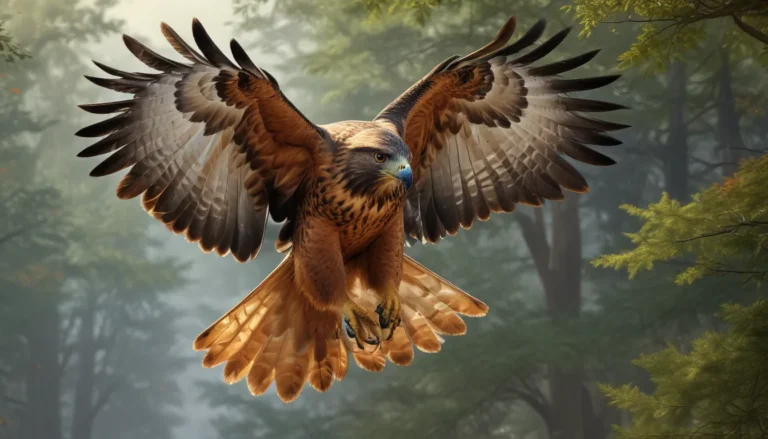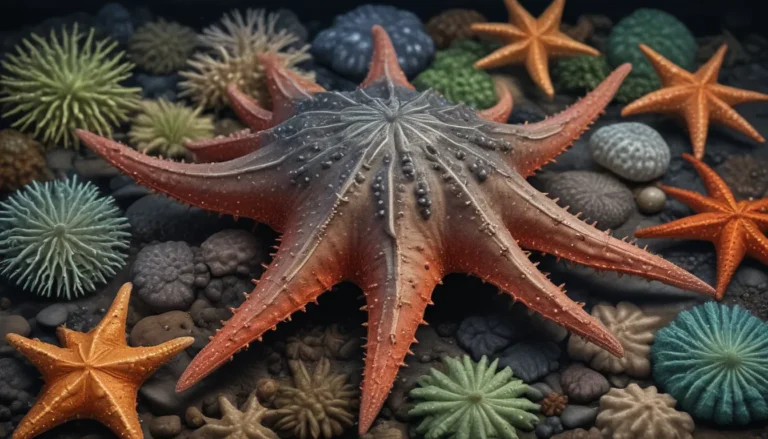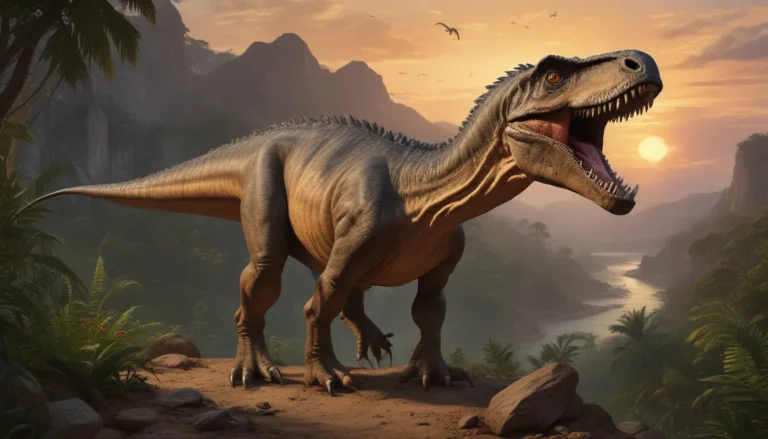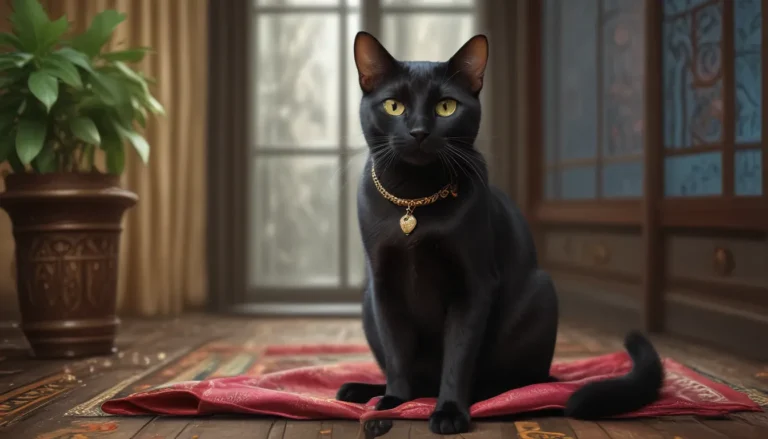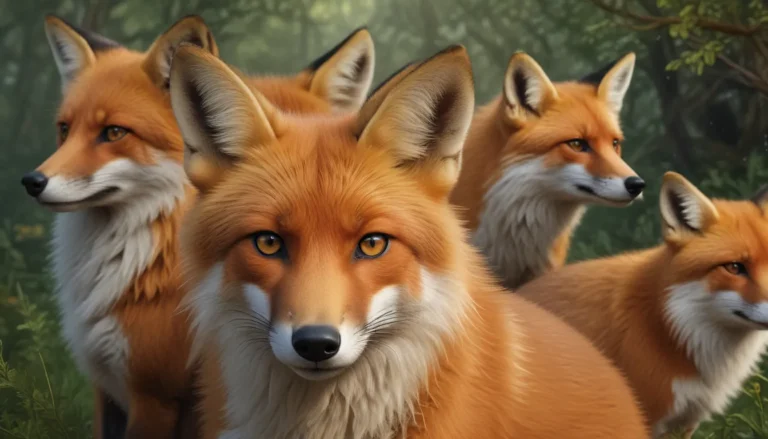The pictures we use in our articles might not show exactly what the words say. We choose these pictures to make you interested in reading more. The pictures work together with the words but don’t take their place. The words still tell you the important facts.
Peacocks, the majestic birds known for their vibrant plumage and regal strut, have captivated human imagination for centuries. These fascinating creatures are more than just pretty feathers, though. In this blog post, we'll explore 15 incredible facts about peacocks that will leave you in awe of these beautiful birds.
1. What’s in a Name?
Let's start with a fun fact about peacocks that might surprise you. The term "peacock" actually refers only to the male birds. Females are called "peahens," and the species as a whole is known as "peafowl." So, the next time you see a group of these birds, you can impress your friends by calling them a "muster of peafowl"!
2. The Magnificent Train
When you think of peacocks, the first thing that comes to mind is probably their stunning, colorful tail. But did you know that this isn't actually their tail at all? The eye-catching display of feathers is called a "train," and it's made up of elongated upper tail coverts. The actual tail feathers are much shorter and act as a support structure for the train.
3. A Rainbow of Colors
The iridescent colors of a peacock's feathers are truly a wonder of nature. But here's the kicker: these colors aren't created by pigments! Instead, the feathers have microscopic structures that reflect different wavelengths of light, creating the appearance of vibrant blues, greens, and golds. This phenomenon is called structural coloration, and it's the same principle that gives butterflies and some beetles their shimmering appearance.
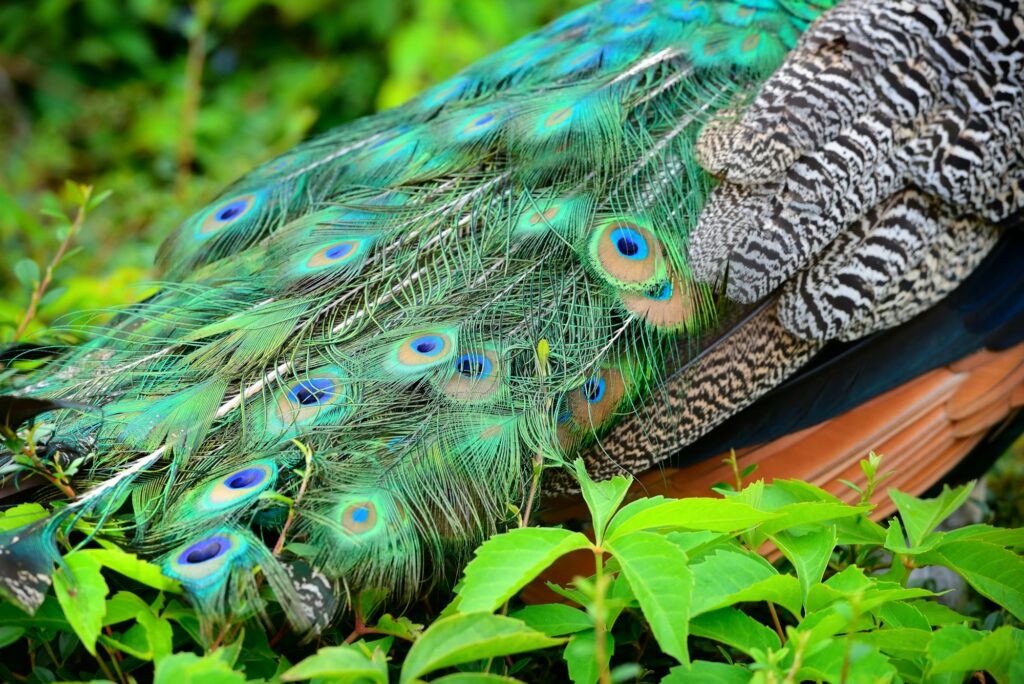
4. Size Matters
Peacocks are no small birds. With an average wingspan of 4.9 feet, they're among the largest flying birds in the world. However, despite their size, they're not particularly graceful flyers. They prefer to stay on the ground most of the time, using their powerful legs to run at speeds of up to 10 mph when needed.
5. Annual Makeover
Every year, peacocks go through a process called molting, where they shed their magnificent train feathers. This usually happens after the breeding season. So, if you visit a peacock during the wrong time of year, you might be disappointed to find a rather plain-looking bird instead of the dazzling display you expected!
6. Peacocks Can’t Swim
Despite their many talents, peacocks have one significant limitation: they can't swim. Their feet aren't webbed like those of ducks or geese, which means they're not built for paddling through water. If a peacock finds itself in deep water, it could be in serious trouble!
7. The Peahen’s Choice
In the world of peafowl, it's the ladies who call the shots when it comes to mating. Peahens are very selective, choosing their mates based on the quality of the peacock's feathers. They pay attention to things like color, size, and the number of eyespots on the train. Talk about high standards!
8. More Than Just a Pretty Face
Peacocks aren't just about looks; they're also quite vocal. These birds can make 11 different sounds, each with its own purpose. Some of these calls are so low-pitched that humans can't even hear them! And let's be honest, the calls we can hear aren't exactly melodious – a peacock's scream can be quite startling if you're not expecting it.
9. A Symbol of Immortality
In many cultures, peacocks have been seen as symbols of immortality. This belief stems from an ancient Greek idea that peacock flesh doesn't decay after death. While we now know this isn't true, the association with immortality has stuck, and peacocks continue to be important symbols in various religions and mythologies.
10. Peacocks in Mythology
Speaking of mythology, peacocks play significant roles in various cultural stories. In Hindu tradition, the peacock is the mount of the god of war, Kartikeya. In Greek mythology, the goddess Hera's chariot was pulled by peacocks. These majestic birds have clearly left their mark on human imagination throughout history!
11. Natural-Born Foragers
Peacocks are omnivores with a varied diet. In the wild, they forage for food on the ground, scratching through leaf litter to find tasty morsels. Their menu includes everything from seeds and flower petals to insects, small mammals, and even snakes! This diverse diet helps them get all the nutrients they need to grow those spectacular feathers.
12. Peacocks and Predators
You might think that with such showy plumage, peacocks would be easy targets for predators. However, their feathers serve a dual purpose. Not only do they attract mates, but they can also be used to intimidate potential threats. When a peacock fans out its train, it suddenly appears much larger, which can be enough to scare off some predators.
13. The Rare Congo Peacock
While most people are familiar with the Indian Blue Peacock and the Green Peacock, there's a third species that's less well-known: the Congo Peacock. This bird, native to the Congo Basin in Africa, was only discovered by scientists in 1936. Unlike its Asian cousins, the male Congo Peacock doesn't have the long, elaborate train of feathers.
14. Peacocks in Human Care
Peacocks have been kept by humans for thousands of years, both for their beauty and as a source of food. In fact, they were considered such a delicacy in ancient Rome that the satirist Juvenal complained about people selling their property to afford peacock meat! Today, many people keep peacocks as pets or as ornamental birds in parks and gardens.
15. National Bird of India
Our final fact brings us full circle to the cultural significance of these magnificent birds. The Indian Peacock (Pavo cristatus) is the national bird of India. It was chosen for this honor in 1963 due to its widespread presence in the country, its association with Indian myths and legends, and its striking beauty.
Conclusion
From their stunning feathers to their cultural significance, peacocks truly are remarkable creatures. These 15 facts only scratch the surface of what makes these birds so fascinating. The next time you see a peacock strutting its stuff, take a moment to appreciate not just its beauty, but also the incredible natural and cultural history it represents.
Whether you're a bird enthusiast, a nature lover, or just someone who appreciates beauty, peacocks have something to offer. They remind us of the incredible diversity of life on our planet and the many ways in which animals can adapt and thrive. So here's to the peacock – may its vibrant feathers and proud strut continue to captivate us for generations to come!

